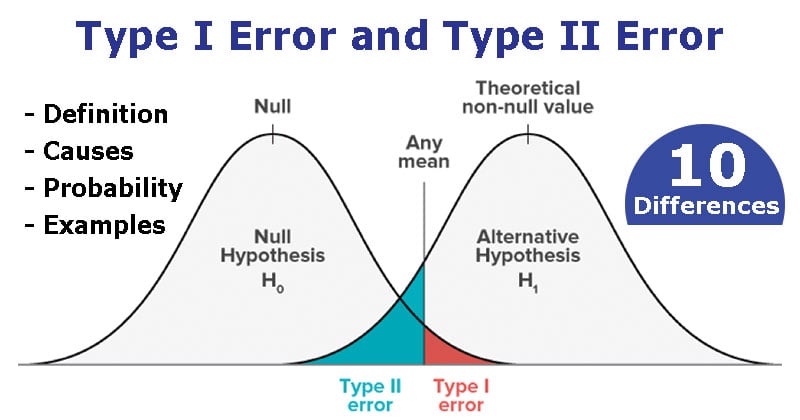Types Of Chance
The types of organizational change are numerous factors which may force companies to make these organizational changes.
As a forever evolving organization, one should strive to continuously grow. To grow, one needs to change.
Constantly shifting the systems that have been in set in place can be destabilizing. Many factors affect the need for change. Theses may vary from social trends, a weakened economy, nature, regulatory forces, technology or even political reasons.
Here is a list of 5 types of organizational change that take place when an organization undergoes such a transition.

5 Types of Organizational Change

1.Organization-Wide Change
Chance cards are orange and are placed near the Go space. A Chance card is more likely (than a Community Chest card) to move players, often with lethal consequences (especially due to the Advance To Boardwalk card). Traditionally, the question marks placed on the Chance spaces around the board are pink, blue, and red, in that order. The person has low numbers of 1 or 2 types of blood cells, but normal numbers of the other type(s). There is a normal number (less than 5%) of very early cells called blasts in the bone marrow, and blasts are rare (or absent) in the blood.
Organization-wide change is a large-scale transformation that affects the overall structure of the company. This typically tends to entail resizing of any form, restructuring or collaboration — basically, a step towards changing the nature of the company.
For example, changing from a highly reactive entrepreneurial organization to one that more has a more stable, corporate development.
It should be noted that irrespective of the type of change undertaken, these changes do affect the organizational culture and as an end result, affects the behavior patterns of employees and individuals.
Changes in this category are long term and if not planned well can be highly disruptive.

2.Transformational Change
It is important for companies to constantly examine the organization’s underlying strategies. A company must be in touch with the environment around them. This includes knowing cultural trends, understanding the social climate and generally be clued up on technological advances.
According to a recent MIT study, maturing digital businesses are focused on integrating digital technologies, such as social, mobile, analytics and cloud, in the service of transforming how their businesses work.
Less-mature digital businesses are focused on solving discrete business problems with individual digital technologies.
In an increasingly digitally motivated world, more tech based companies are taking risks to the point where it has become a cultural norm.
3.Personnel Change
Personnel change is when a company undergoes mass hiring or layoffs. This necessitates a shift in company culture and processes.
When a company rapidly expands by hiring en masse, the organization will have to absorb the initial shock of onboarding new employees as it also fits each employee into their new role, where each new role may yet to be defined. This transition, if not managed well, can cause chaos and inefficiency.
Layoffs can stem from a number of reasons (government regulations, financial restraints) it still greatly affects the remaining employees of the organization. These changes tend to negatively affect employee morale.
This is something that should be considered. It is important to efficiently and fairly manage how to disperse the workload. Employees who take on more tasks than originally given can be inefficient and even if it is a temporary solution to filling gaps, can also result in a shaky transitioning period.
4.Unplanned Change
Amidst the endless data analysis and planned strategies, an organization can undergo a number of unplanned changes, sometimes even more drastic than planned ones. Changes like these may be introduced in an unplanned manner in response to a change in the demographic composition of an organization- i.e.: Lack of diversity or social equality. These changes are typically internal unplanned changes.
External factors that include economic uncertainties and changes in government regulations, play a crucial role in compelling organizations to change. Another surprise occurrence could be any kind natural disaster. With instances like these being completely wild and unforeseeable, a company’s response to such an event is a true testament to its resiliency.
That being said, these changes are often chaotic and expensive and prompt companies to act within limited time. It is because of this that solutions tend to be short term fix to a current problem.
5.Remedial Change
Remedial changes are brought about when responding to a general sense of deficiency or poor company performance. Performance levels tend to drop when suffering from financial distress.
These remedial changes or corrective actions are thus made with the intention of increasing functionality and reviewing certain strategies that may have previously been considered as profitable, but now, only seem to be detrimental to the organizational structure.
Types Of Cancer

An example — if the environment a business works in becomes polluted as the result of the activities of that business, this pollution must be cleaned for reasons of safety and welfare. A business would then invest in financing the remedial action or applying for the finances to do so.
Another example — when a product is deemed redundant, either by the company itself or by public, a recall plan of action must be implemented.
WalkMe for Organizational Change
Acknowledging the gruelling process of change is the first step in implementing the most functional system possible. The next step is to create a strategy to ease the process.
For organizations implementing or migrating to new software, WalkMe can be part of that strategy to solve hurdles such as onboarding, low engagement, and user adoption.
Types Of Channels

WalkMe’s Digital Adoption Platform (DAP) simplifies digital systems with guidance and engagement tools. As part of organizational change strategy, WalkMe can help you scale enterprise-wide changes.
For more information, check out WalkMe today to make organizational change easier than ever before.
Types Of Changes Science
If you liked this article, you may also like:
Types Of Changeover
- 4 Barriers To Organizational ChangeJanuary 23, 2017
- 7 Fun and Engaging Change Management ExercisesSeptember 16, 2018